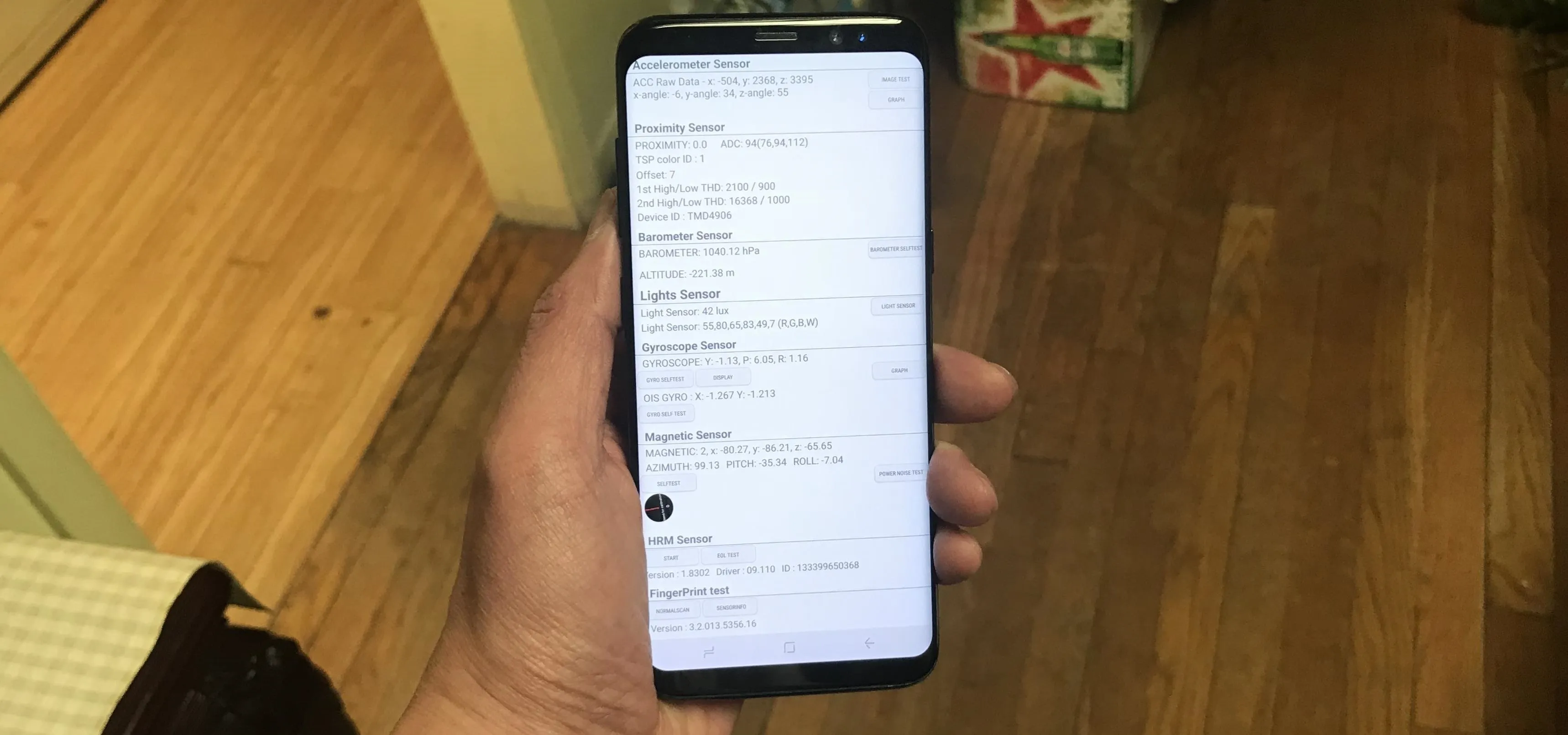Why do we still need to plug in our phones to charge them? Wireless charging exists, and has for quite some time, but most manufacturers don't include it in their devices. When it comes to the Samsung Galaxy S4, you can buy a QI-compatible wireless charging kit, but between the charging pad and the battery cover, you're looking at around $90 or more.
The other issue with Samsung's official kit is that it actually makes your GS4 about 1.7 mm thicker. That may not sound like much, but you will notice the difference.
Considering that and the hefty price tag, the best option is to make your own. Daniel Devore of HackinTech created an inexpensive and super easy hack that almost anyone can do—no soldering necessary.
NFC Users Beware
The only downside to this hack is that the copper coil blocks NFC signals from getting through, so if you use NFC on a regular basis, you probably won't want to try this mod. If you don't want to spend $90 on the Samsung version (which isn't guaranteed to keep NFC working anyway), you can buy one from QI instead for less than half the cost.
It uses a thin receiver card that snaps into place behind your battery cover and connects with QI's charging pad. If you already have the charging pad for another device, you can just buy the card for your GS4. If you need the whole kit, you can pick up both pieces for a little under 40 bucks.
How to Add Inductive Charging to Your Galaxy S4
Daniel used a Palm Pixi Touchstone back cover, Palm Pre charging cable, Palm Touchstone charging dock, and some copper tape to build a wireless charging station.

In terms of tools, all you need is a knife, some clear tape, a small piece of paper, and a pen. The process basically consists of using a thin knife to remove the metal sheet, circuit board, copper coil and magnets from the Palm Pixi case and transplanting them to your S4's backplate.
The backplate already has two contacts that are designed to work with Samsung's wireless charging system, so you just need some copper tape to connect them to the Palm's charging components.

Now, all that's left to do is hide the charging pad in your furniture.
You can watch the video at the top to see the process step by step, and check out Daniel's tutorial for more photos.
Photos via AnandTech, Hackintech






Comments
No Comments Exist
Be the first, drop a comment!